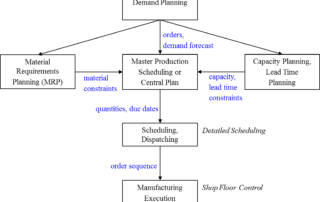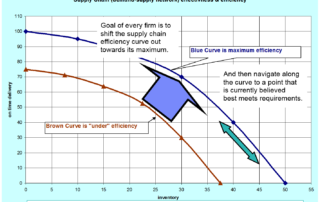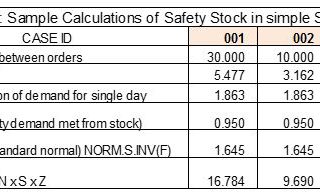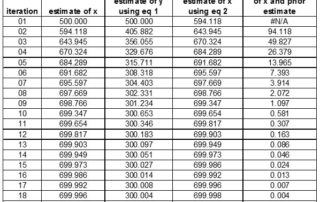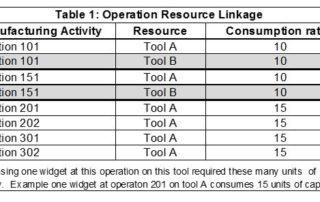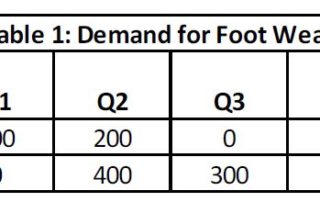Lesson from an Aging Jedi Knight – Ask and Re-Ask – What is the purpose of the Model?
In a place and time far-far away, before spreadsheets, laptops, even color display units – where typewriters were common and “clouding computing and virtual machines” were the norm (called mainframes and time share with MVS and VM) – I was apprenticed to learn the ways of the force – for agents of change.
